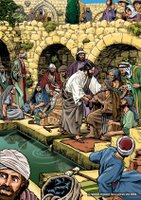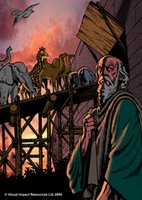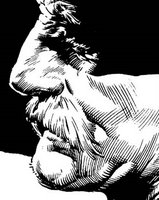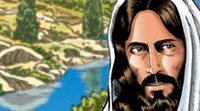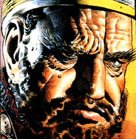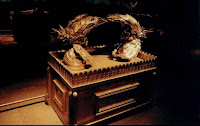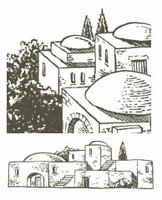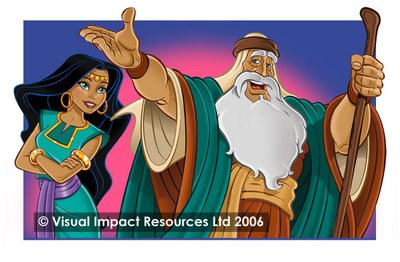
Searching for Bible pictures on the internet can be very frustrating!
When you search Google for 'Bible pictures', it's possible to get to page 80, and still not find what you're looking for! In fact, by the time you get to page 80, you won't find anything biblical at all!
Google is apparently working on 'new search technology' that will only show 'very relevant' web pages that match the search term used. in other words, when you search for 'Bible pictures', you will get a list of sites that actually have Bible pictures! Isn't that what's supposed to happen? Anyway, for those of you who can't wait for Googles new technology to arrive, and for those of you who still haven't found 'The Bible picture website', read on!
Older collections
There are a few sites out there that do contain Bible pictures. These can range from nineteenth century engravings by Gustave Dore, to Flash-cards produced in the sixties! Good as these pictures are, it's very difficult to hold the attention of todays 'Cartoon Network' loving children, (whose attention span has been reduced to two seconds), with black & white engravings by Gustave Dore!
The Bible picture website produces 'new artwork' with todays kids in mind.
Continuity
Many sites boast 'large collections' of Bible pictures which are usually scans taken from old Bible story books, children's Bibles or very old paintings.
Again these are very good, but there's a problem with continuity, as most of the stories are made up from pictures done by several artists, which means that the main character, whether it be Moses or Jesus, can change several times during one story! The Bible picture website uses one artist per story!
Private collections
Many children's workers know an amateur or semi professional artist who produces Bible pictures for them. Some of these collections are starting to appear on the web. The only problem here is that because the artist, more often than not, has produced the pictures as a favor, or at very low cost. they tend not to have the time to do the proper research required for each story. When I was a professional illustrator producing Bible pictures in my spare time, I had the same problem.
I've added a list of all the Bible picture resource sites that I can find on the web. It's at the bottom of the right hand column. If I find any more, I'll add them too!
Related posts:
Need Bible pictures?
How to use our Bible pictures
Can you help?





